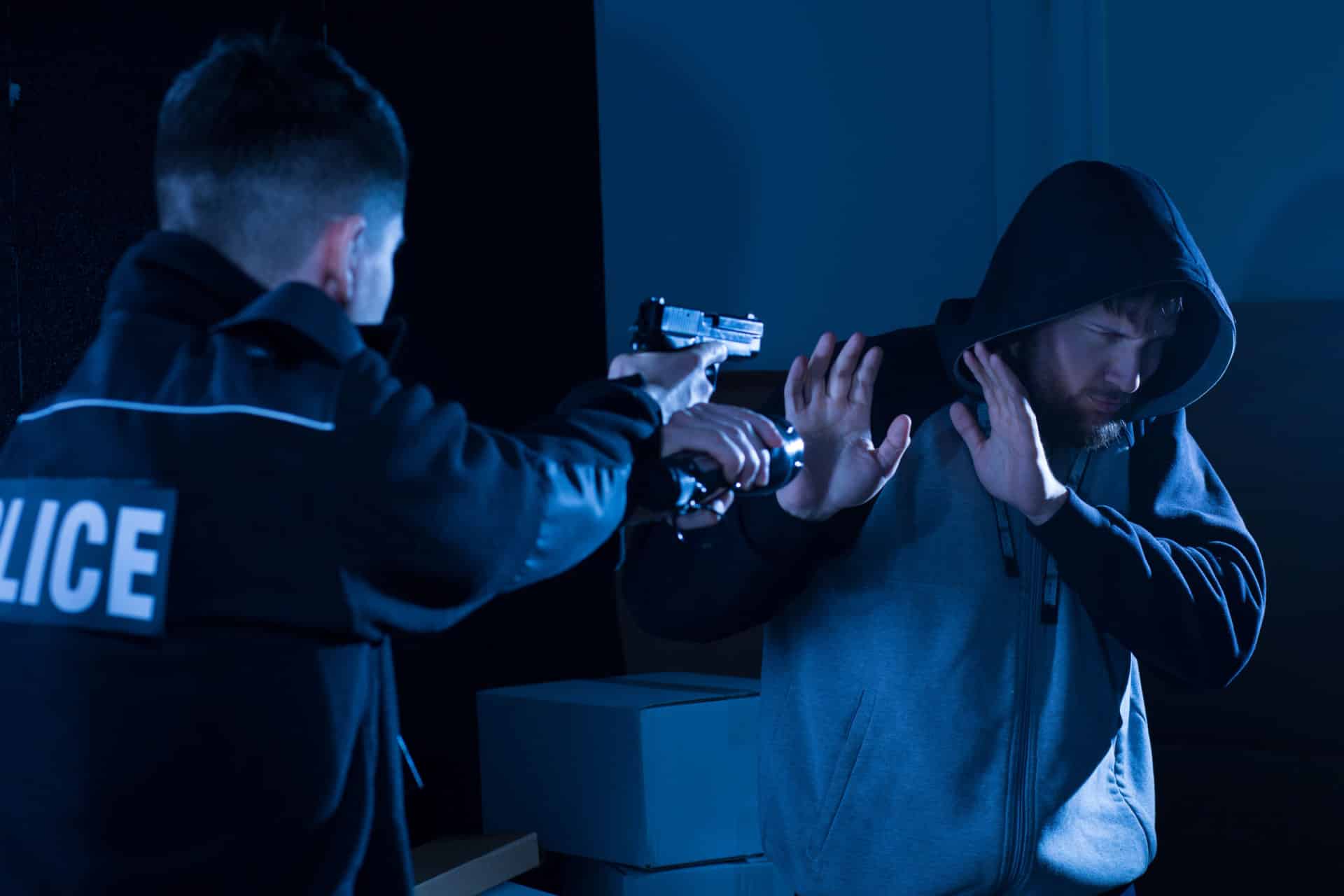Free Consultation
Free Consultation

Police brutality has become a major topic on a national scale, and for good reason. In 2018, there were 998 people across the country who were shot and killed by police. Many of those deaths were likely justified – but all of them?
The use of force is left largely to the discretion of police officers. Although force is sometimes necessary for safety reasons, statistics clearly show that police are much more likely to use force – especially deadly or excessive force – on minorities.
Fortunately, New York is currently considering legislation to decrease police violence. Currently, New York police departments are not required to report police misconduct and disciplinary measures. Activists, however, argue that this could potentially promote a culture of police brutality, as police are not held sufficiently accountable for misconduct.
The Safer NY Act would repeal current legislation that protects police secrecy, allowing for greater transparency. Police statewide would be required to report policing of minor offenses, misconduct investigations, and deaths from police interaction. The Safer NY Act would also reduce unnecessary arrests by banning custodial arrests for non-criminal violations and establishing guidelines for marijuana arrests.
In the meantime, though, New York police brutality remains a major problem, affecting thousands of innocent New Yorkers annually. Therefore, it’s important to know what police brutality looks like, and what you can do if you or a loved one fall victim to police brutality.
To this end, we’ve put together a guide covering common types of police brutality, and what to watch for. We also discuss what you can do if you or a loved one experience police brutality.
Police brutality is unfortunately very common in New York and nationwide. Although there are many forms of police brutality, most police brutality falls into one of four types, which we cover below.
Excessive Force/Brutality. Law enforcement is permitted to use necessary force when required to carry out law enforcement duties, but officers are not allowed to use excessive force. The problem is that there is no universal definition of what constitutes “necessary force,” meaning the use of force is left largely to the discretion of law enforcement officers.
The circumstances of every police incident are different. Therefore, law enforcement officers are required to undergo training on how to assess and gain control of a situation. The goal is to protect the community without going overboard and using more force than is necessary.
Although every case is different, a general rule of thumb is that if an officer has control of a situation and isn’t in danger, any use of force is excessive. Also, deadly force should only be used if the officer believes that his or her life — or the lives of nearby civilians — are in danger.
Examples of excessive force include shooting an unarmed person, using force against an already subdued suspect, and unnecessary use of taser and pepper spray.
Racial Profiling. Fortunately, New York has abandoned its notorious stop-and-frisk program, which allowed police officers to stop, frisk, and question civilians on the street based on any suspicion of wrongdoing.
However, police are still more likely to stop or apprehend African Americans, Latinos, and Muslims. If you are stopped or apprehended based on your race and without probable cause, you may be a victim of police brutality.
False arrest. A false arrest is an arrest made without a warrant or probable cause. In many cases, false arrests are considered police brutality. If you are detained or questioned by a police officer without reasonable suspicion, this is police brutality.
Wrongful death in police custody. Several high-profile police brutality cases have involved the wrongful death of a suspect in police custody. For example, Freddie Gray in Baltimore. If a suspect is detained by a police officer, and the officer’s negligent acts result in the suspect’s death, this would be considered a wrongful death.
For example, if a suspect has a health condition that officers are aware of, and they fail to administer necessary medications, this would be a wrongful death. Similarly, as in the Freddie Gray case, if inappropriate handling of the suspect leads to the suspect’s death, this would also be a wrongful death.
If you or a loved one have fallen victim to police brutality, consider holding the police accountable for this misconduct by filing a claim for police brutality.
The first step is to file a claim with the New York City Civilian Complaint Review Board (CCRB). This is an independent agency that is “empowered to receive, investigate, mediate, hear, make findings and recommend action on complaints against New York City police officers alleging the use of excessive or unnecessary force, abuse of authority, discourtesy, or the use of offensive language.”
This claim must be filed within 90 days of the original indictment, and will result in an impartial investigation by the CCRB. If misconduct is found, the officer will most likely be disciplined.
If the act of police brutality resulted in damages, you may also be able to seek financial compensation for your losses. Do not let improper police action stand. Take action to fight for what’s right and get the justice that you deserve.